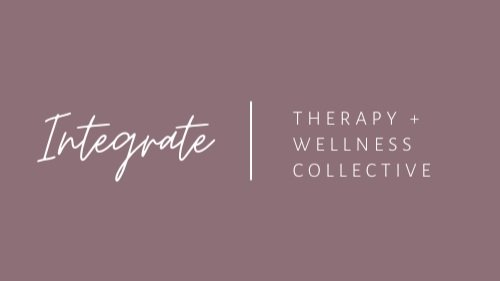Navigating the Aftershock of Unexpected Loss
By Jen Bennethum
Grieving someone who disappears from your life without warning can leave you feeling untethered. When the person you depended on vanishes suddenly, the world shifts beneath your feet and time fragments into disjointed moments. You may reach for routines that once grounded you only to discover they no longer hold meaning. In the absence of ritual or farewell, your mind scrambles for a narrative, and your body stores shock in tightness, tremors, or a buzzing emptiness. How might a ritual of remembrance—lighting a candle, reading a letter, planting a seed—help you weave memory and loss into something that still feels life-affirming?
“There is no single right way to grieve, but through ritual, story, and continuing bonds, loss can be transformed into renewal. Margeret C Walsh, Ph.D.
Old Wounds
When past trauma has already taught your nervous system to brace for danger, the arrival of fresh loss can feel like old wounds flaring anew. Memories you thought were tucked away may reemerge as if they never left, and the grief you long to feel becomes entangled with fear. Your system may protect itself by shutting off emotion or dissolving into overwhelm. You might find yourself whispering that you don’t have time to grieve or chastising yourself for not “getting over it.” In truth, your internal alarm bells are ringing, grieving feels unsafe. Lindsey Phillips, LPC, describes sudden bereavement as a “sense-losing event” that can trap people in shock and disbelief when trauma remains unprocessed.
I invite you to consider how your body reacts when you think of your loss. “Do you feel a hollow ache in your chest or a tight knot in your throat?” Naming these sensations is the first step toward befriending them rather than letting them drive you into suppression or panic.
Deepening the Narrative with Cultural and Social Dimensions
Grief is never purely individual—it’s shaped by the communities we inhabit and the rituals our cultures uphold. Different societies frame loss in different ways. Robert Neimeyer’s work on meaning reconstruction, shows us how the stories we tell about death—whether through funeral rites, public memorials or family gatherings—help us both honor what’s gone and rewrite our own life scripts. Also, Kenneth Doka’s concept of disenfranchised grief reminds us that loss without clear social sanction (a pet, a secret relationship, a miscarriage) still wound deeply and deserves acknowledgment.
Anchoring
Learning to anchor yourself in the smallest of somatic signals can begin rebuilding a container for grief. Dr. Amanda Baker of Massachusetts General Hospital teaches that “somatic therapies name and release trapped emotions held as cellular tension, using pendulation, breath-work, and titration to help clients feel safe enough in their bodies to let grief move through.”
An exercise that you can practice here is… place both hands on your belly, breathe into the wave of tension you feel, then soften into your exhale—an embodied invitation to pendulate between comfort and discomfort until your nervous system learns softness again.
When trauma and grief collide, there’s often a hidden ember of transformation. According to Richard Tedeschi and Lawrence Calhoun’s research on post-traumatic growth, profound loss sometimes catalyzes new strengths in us that can give us a deeper sense of gratitude, more authentic relationships, or a heightened purpose.
When we are grieving, we can shift between “loss-oriented” work (remembering, crying, memorializing) and “restoration-oriented” tasks (paying bills, cooking, planning) which is not a failure to grieve but the very rhythm of healthy adaptation. This dynamic approach validates those days when life’s demands pull us out of sorrow—and the days when sorrow pulls us under.
Therapeutic Approaches
Some therapeutic approaches meet the knot of trauma and sudden loss with particular compassion. Somatic Experiencing leverages gentle tracking of bodily sensations to complete instinctual responses that may have been interrupted by shock. Sensorimotor Psychotherapy invites you to move, gesture, or speak in ways that free emotions locked in posture or muscle tension. Internal Family Systems helps you dialog with parts of yourself—one part that aches to release tears, another that fears losing control—so grief can unfold with inner allies rather than inner adversaries. EMDR offers a structured pathway to process both the moment of loss and the historical wounds it reactivates. And nature-based or ritual-informed therapies draw on the cycles of the earth—planting seeds, walking labyrinths, bathing in a stream—to anchor mourning in the body’s ancient wisdom.
Moving Forward
Above all, healing after an abrupt goodbye isn’t a race or a checklist. Your grief deserves the same kindness you would extend to a dear friend. If your chest feels too tight to cry, allow yourself to simply exist with the ache. If waves of sorrow hit you unaware, let it move through you without judgment. In time, these practices of self-compassion and somatic attunement build a sturdy soil where grief and memory can coexist, and where a new chapter of your life can begin to take root. Please feel free to reach out to Integrate Therapy and Wellness Collective to let us know how we can help you in your journey!
